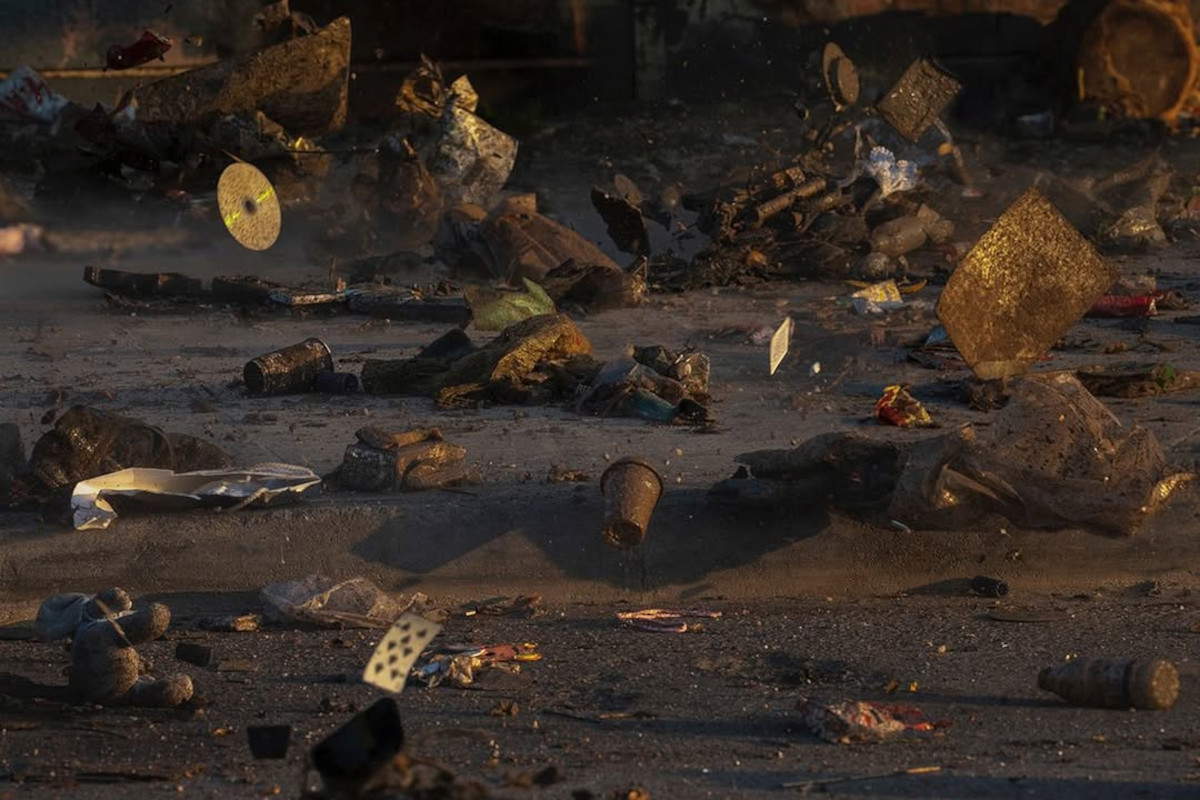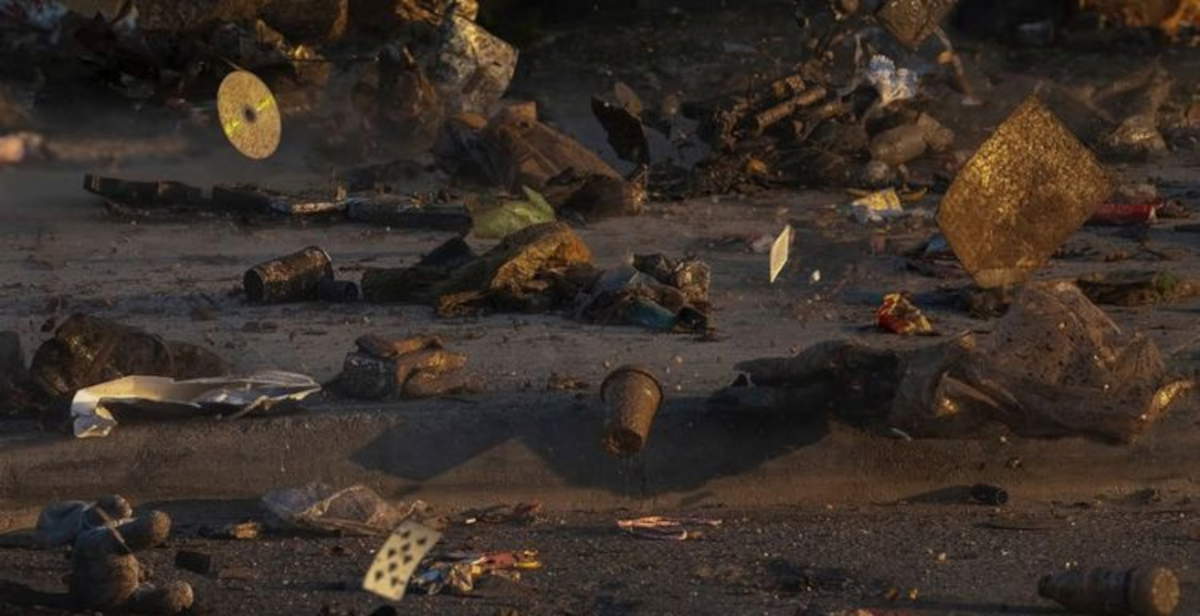An almost tangible silence runs through the images of A Manual for Solitude. In a Landscape, the new exhibition by Yannis Bournias scheduled from Oct. 29, 2025 to Jan. 30, 2026 at Galleria Giampaolo Abbondio, Milan. The exhibition, accompanied by a critical text by curator Panos Giannakopoulos, is presented as an investigation of contemporary solitude and its multiple manifestations, in a constant dialogue between inner space and external reality.
The title of the exhibition invokes a twofold level of reading. On the one hand, manual as a path, as an attempt to orient oneself in a common but rarely shared existential condition; on the other, in a landscape, in reference to John Cage’s piece of the same name, evokes a sound environment in which silence becomes a space of listening, suspension and fragile presence. In this dimension of tense stillness, Bournias constructs a visual narrative that invites the viewer to pause in the void, to recognize their own reflected solitudes.
The exhibition is articulated as a photographic cycle that opens and closes with a depiction of a city caught in the moment after an explosion. The streets appear suspended, held in a collective breath. The objects, floating and weightless, evoke a precarious balance between presence and dissolution: a crumpled glass, a falling sheet of paper, a CD reflecting fragments of light. They are remnants of past gestures and habits, signs of an interrupted everyday life, which Bournias transforms into elements of a possible new configuration. The artist thus places the viewer in a temporal fracture, at an indefinite point between disintegration and recomposition.

Night images amplify the perception of distance and isolation. The glow of windows, scattered among urban architecture, reveals isolated figures moving within their own spaces. Each shot suggests an ambiguous relationship between the viewer and the viewed: the gaze becomes both intrusion and invitation, crossing thresholds, entrances and frames. Building facades become narrative surfaces where solitude takes architectural form, inscribed in the interstices of the city. The viewer thus finds himself in a border zone, suspended between voyeurism and participation, between witnessing and subjectivity. Even the body, in Bournias’ photographs, becomes a terrain of inscription and tension. Figures move in precarious or exposed environments, in which every gesture takes on the value of a declaration of vulnerability or resistance. A collected posture, a retracting arm, an escaping gaze construct a visual grammar of solitude. The camera records these presences at the edge of visibility, poised between appearance and fading, returning a sense of instability that runs through the entire series.
A cinematic undertone runs through the exhibition, recalling the visual universe of David Lynch. As in his uncanny interiors, the familiar is transformed into something uneasy, shot through with an invisible current of menace. A room lit with apparent warmth can become a stage of tension, while an anonymous street reveals the trace of an event that has already happened. In A Manual for Solitude, the everyday cracks, allowing the fractures and uncertainties that inhabit the real to emerge. Bournias’ work moves in a liminal space between documentation and fiction.
His photographs construct a suspended world where light and matter destabilize the boundaries of the ordinary. The artist explores the intersection between the image as testimony and as mental construction, suggesting that every act of observation is, in itself, an act of participation. In this perspective, the gaze is never neutral: every vision implies an exchange, an encounter of gazes that returns the viewer’s own presence. The exhibition, in its conceptual and visual implications, reflects the coherence of the research of Yannis Bournias, an author who over the years has been able to move photography beyond its narrative or illustrative function and transform it into an instrument of introspection.
Born in Athens in 1971, Bournias studied at the University of the Arts in London and began his career as an editorial photographer, working with international publications such as Vogue, L’Officiel and Wallpaper. Over the past two decades, he has shot portraits and features for leading magazines including FT How to Spend It, Esquire, Elle, Marie Claire and Departures, complementing this work with advertising campaigns for institutions and companies such as the National Theater of Greece, the Onassis Foundation, the Megaron Concert Hall in Athens, the National Bank of Greece, KORRES Natural Cosmetics, Ancient Greek Sandals, Coca Cola Light, Logitech and Nikos Koulis Jewelry.
In 2011 he was invited to participate in the Athens Biennial “Monodrome,” which secured him important recognition in the contemporary Greek art scene. His works have been published in numerous volumes and CD covers, consolidating a vision that combines technical precision with a visual language charged with narrative tension. In 2014 he founded NOMAS Magazine, a semi-annual magazine dedicated to nomadism, distributed internationally, in which photography becomes a tool for exploration and reflection on travel as an existential condition.
 |
| Yannis Bournias explores the silence and suspension of contemporary solitude |
Warning: the translation into English of the original Italian article was created using automatic tools. We undertake to review all articles, but we do not guarantee the total absence of inaccuracies in the translation due to the program. You can find the original by clicking on the ITA button. If you find any mistake,please contact us.